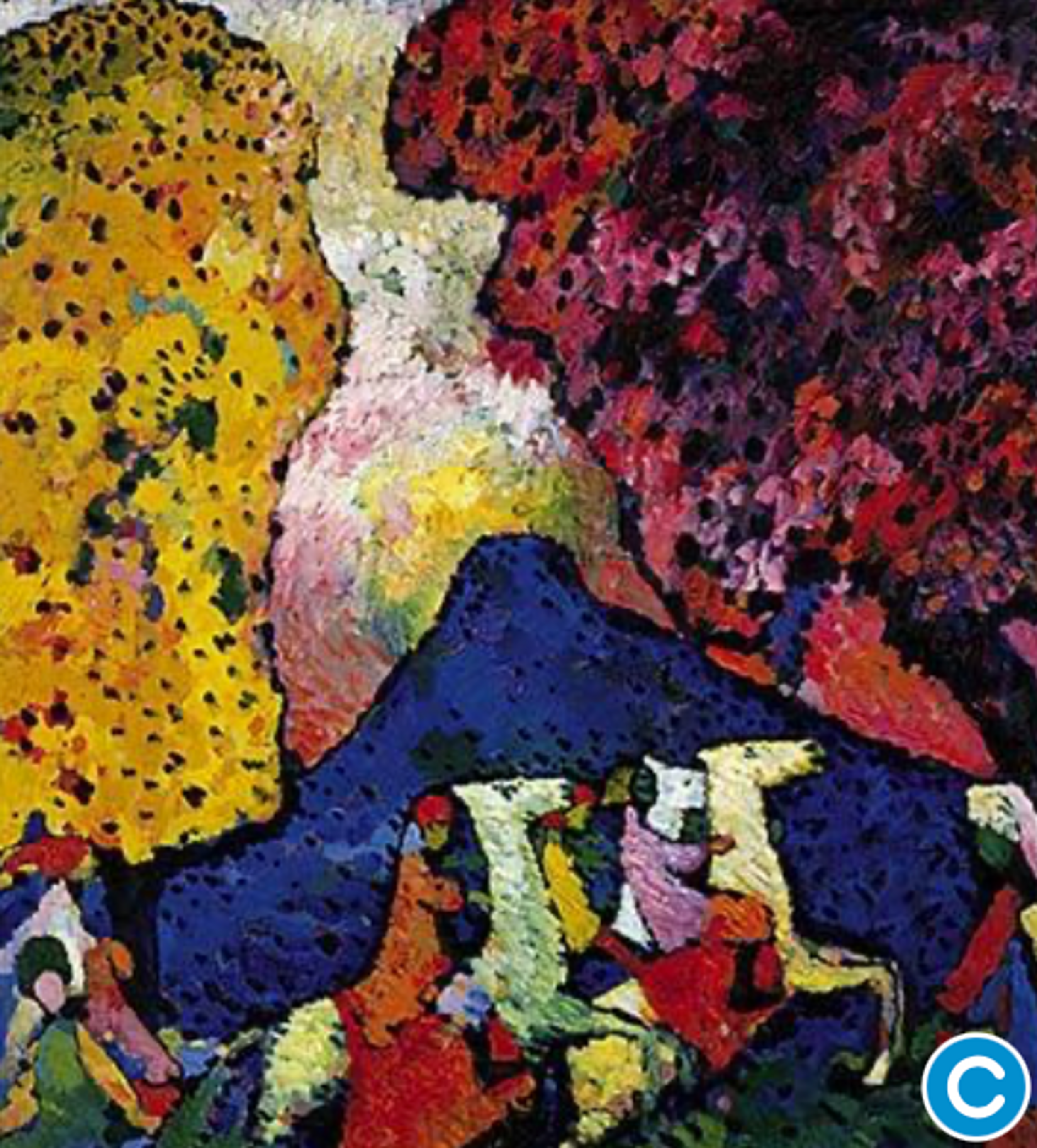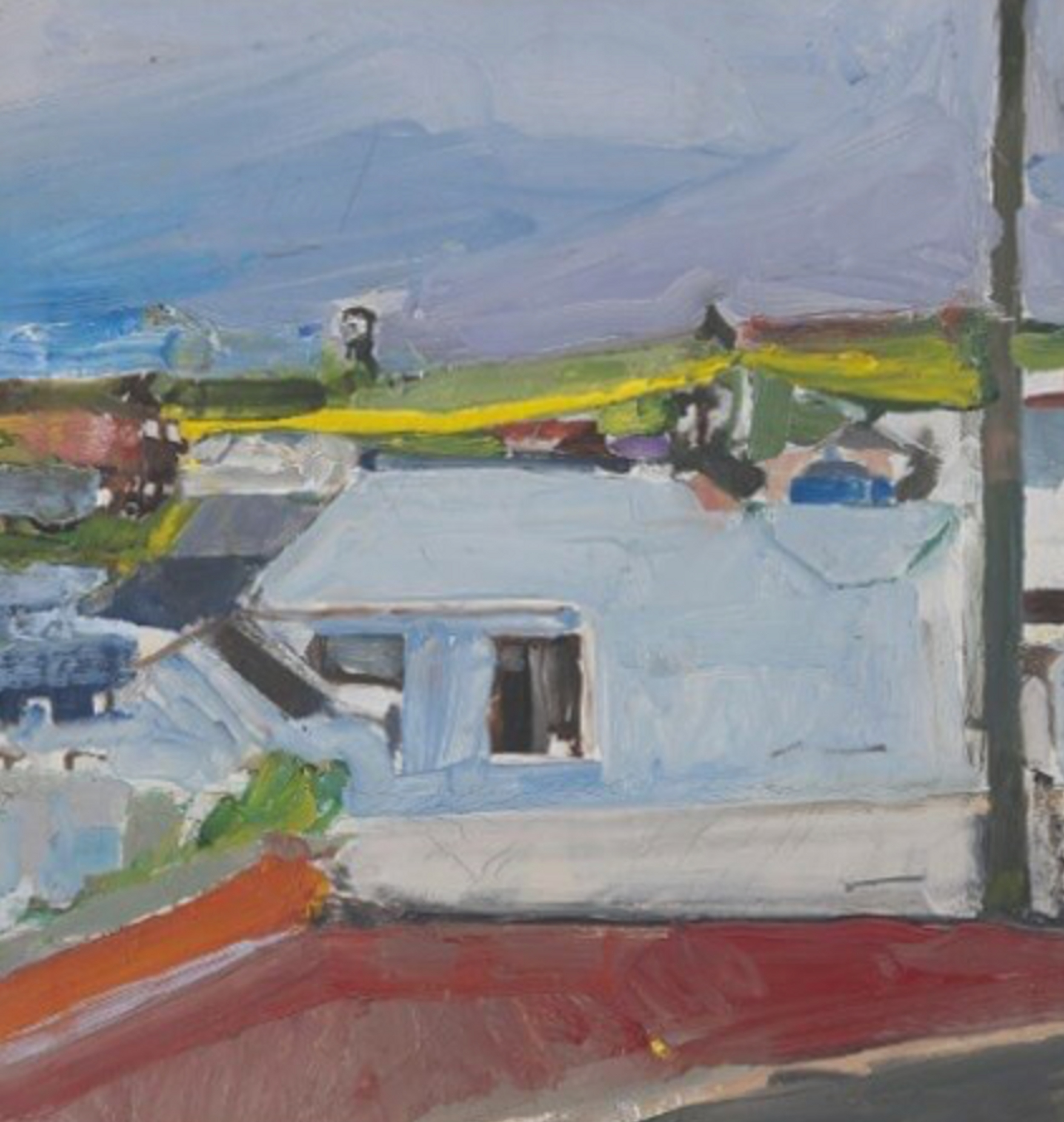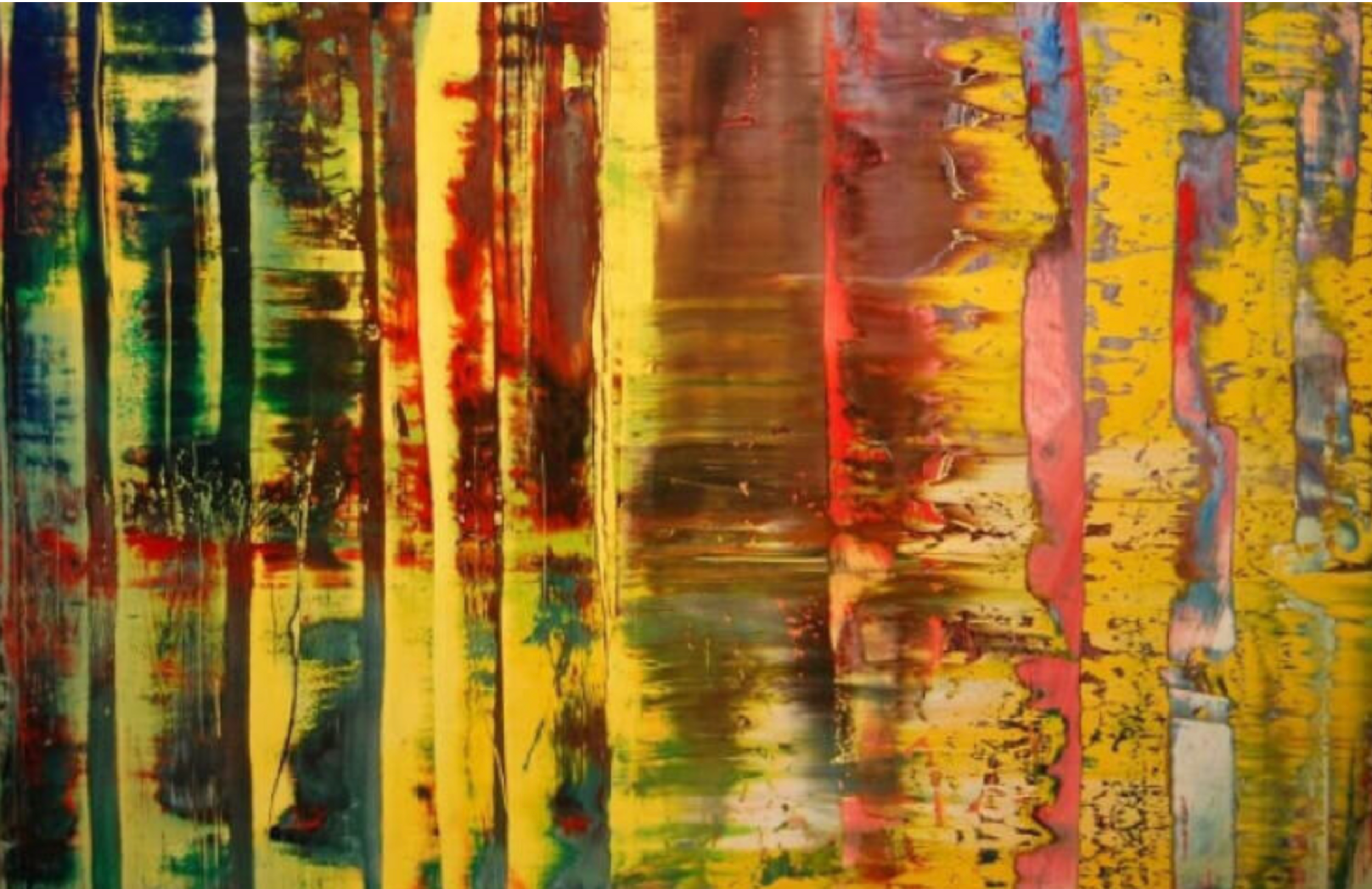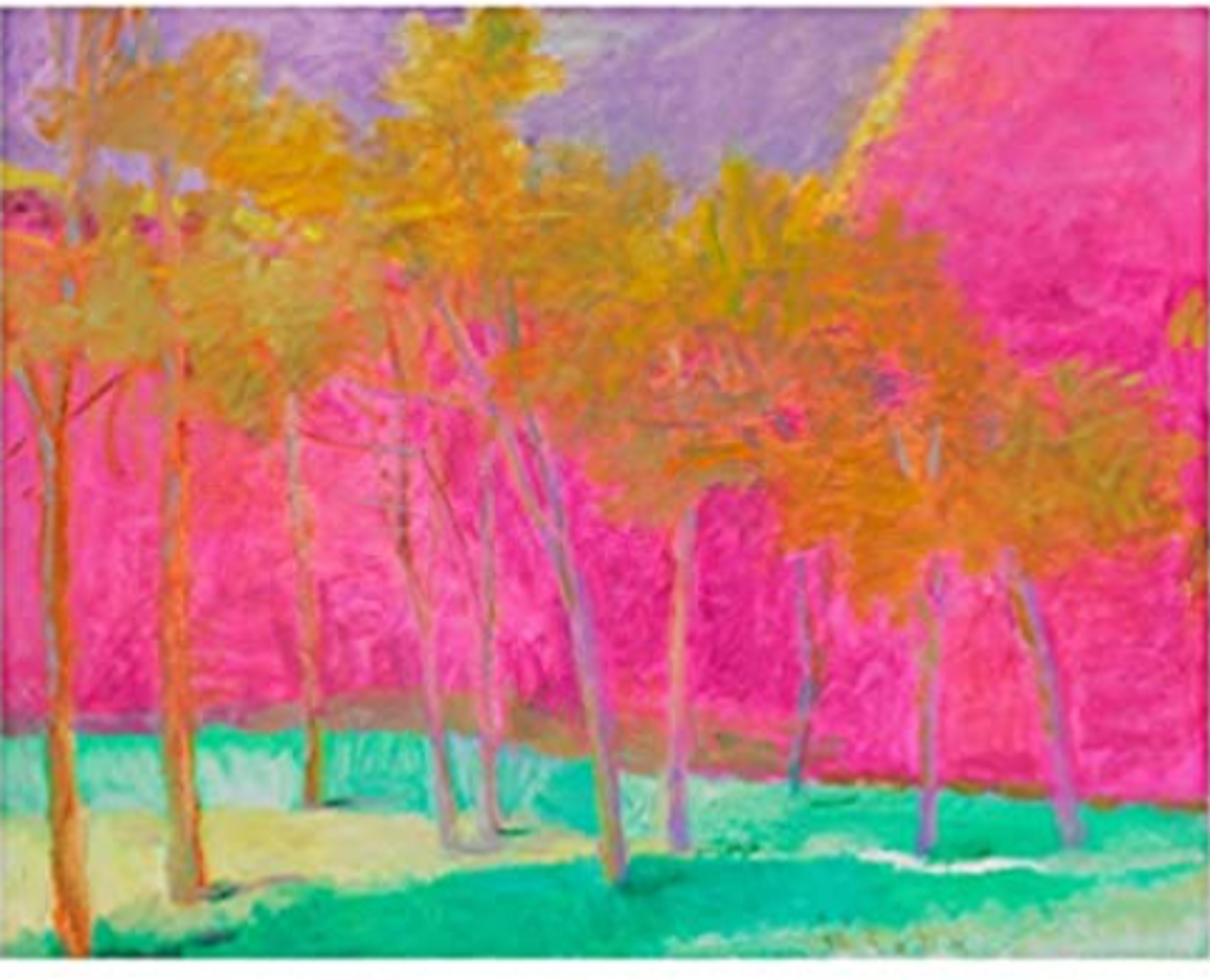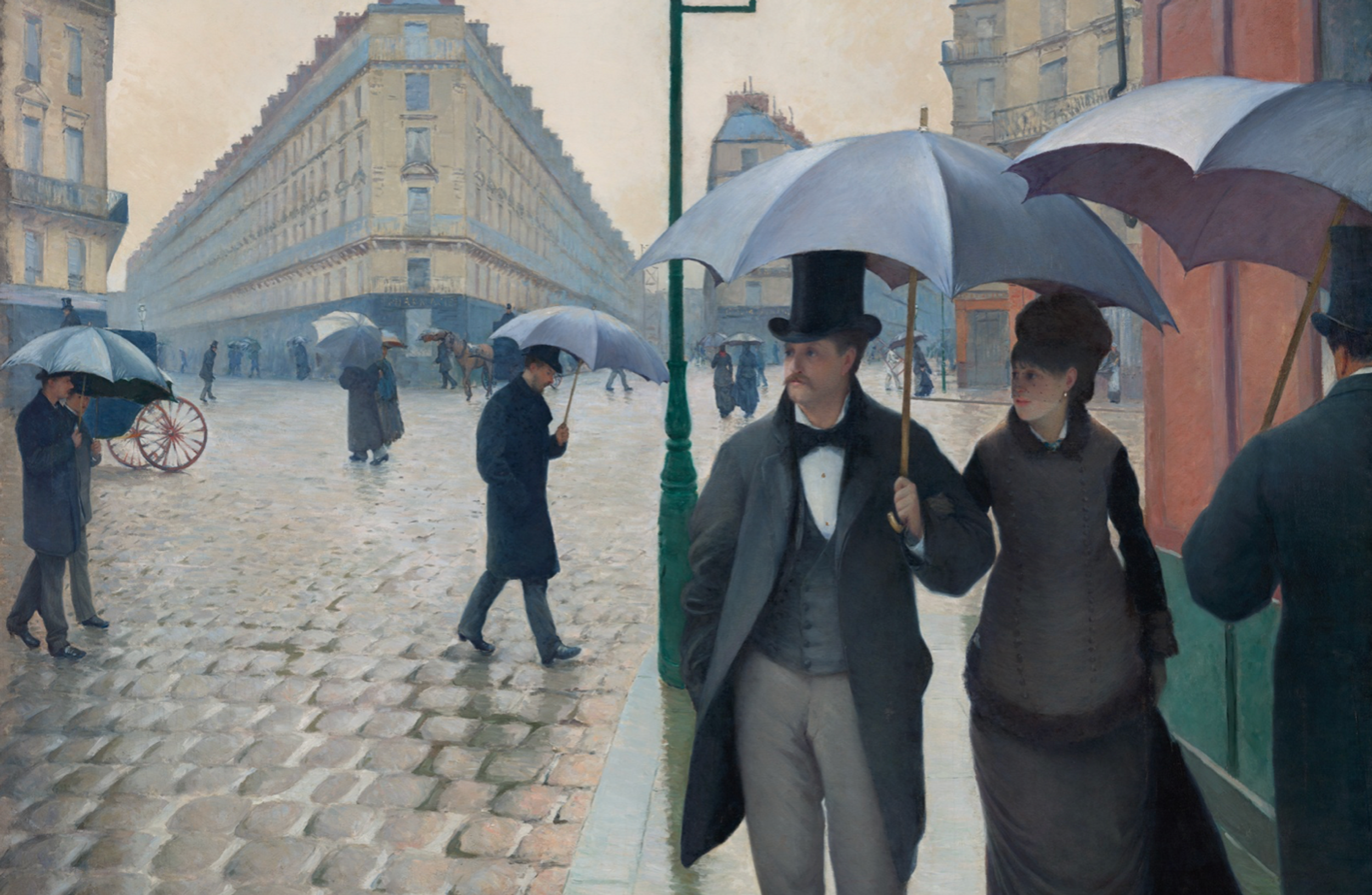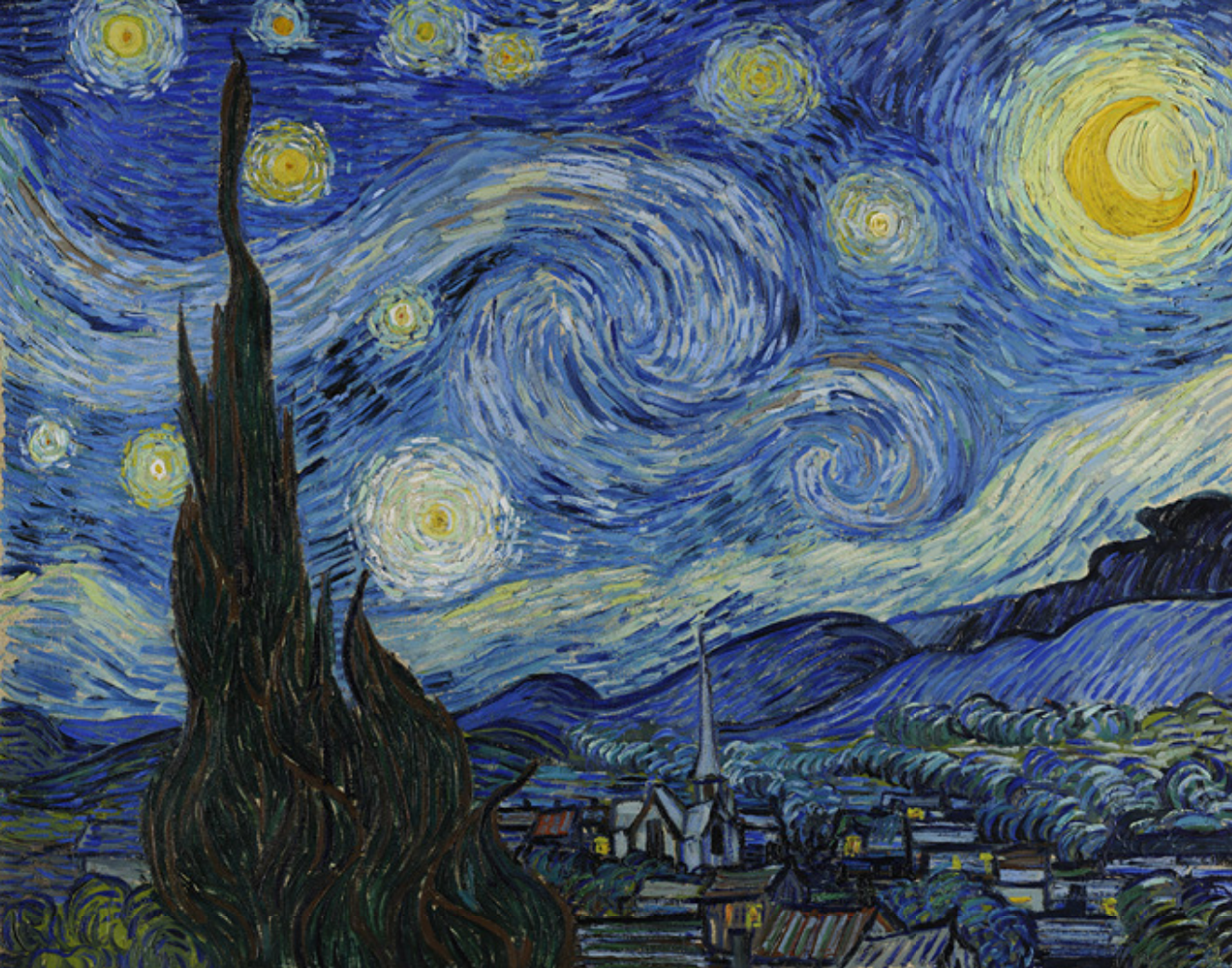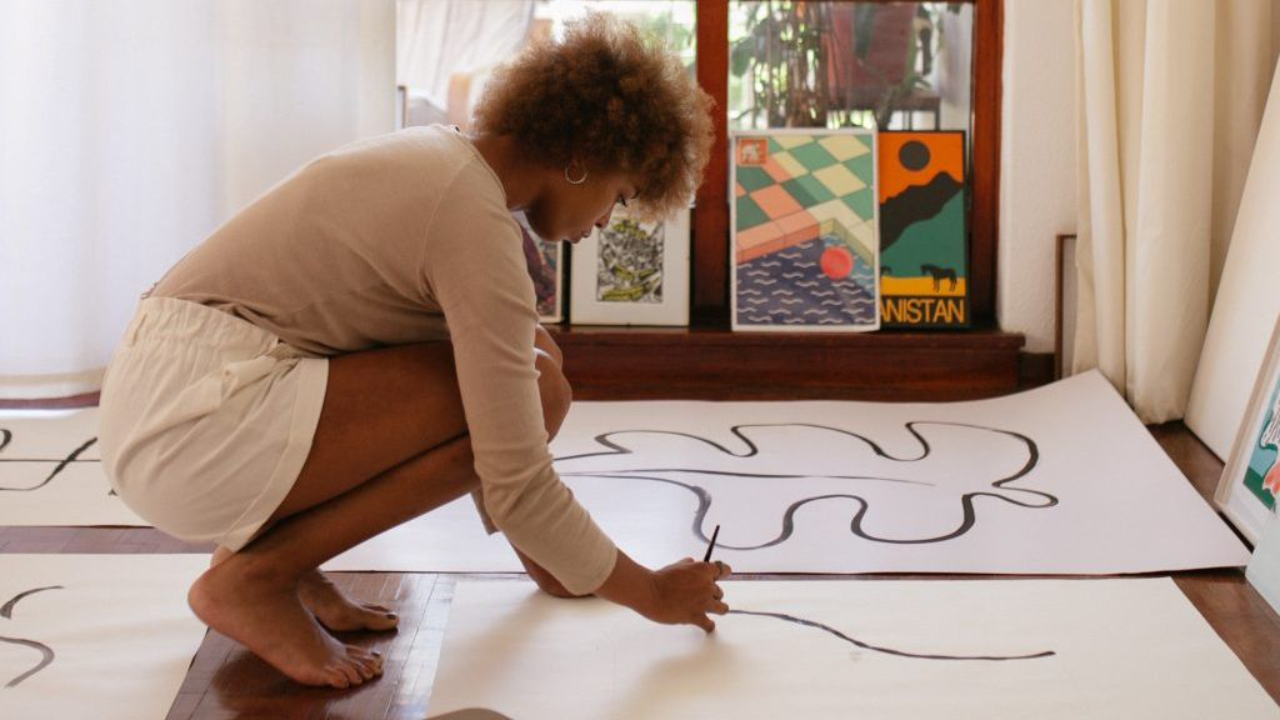
What Are Lines, Values, Shapes, Colors, and Textures in Art?
Dec 13, 2022As a new artistic there are many terms that are thrown around that are helpful to know right off the bat. Have you ever asked yourself what are lines, values, shapes, textures, and color in art?
Below are some example of how each of these design principles are used in artwork.
We will look specifically at the elements of Line, Shape, Color, Texture, and Value, as they lend themselves easily to abstract work.
Lines in Art (using Kadinsky’s work as an example)
A line in art is defined as a point moving in space, and it’s one of the seven elements of art (line, color, shape, form, texture, value, space). (definition from yourartpath.com)
How do you think the artist, Kadinsky used line as visual language to move the viewers eyes around? the lines are not always necessarily just a line…they are part of his overall idea to use as a language to unify the piece and create movement.
Shape in Art
In the study of art, a shape is an enclosed space, a bounded two-dimensional form that has both length and width. Shapes are one of the seven elements of art, the building blocks that artists use to create images on canvas and in our minds. (definition from thoughtco.com)
Look at this images below by Diebenkorn and notice the use of Shape as an overarching idea in his work.
Value in Art
Let’s explore the idea of value. What Is Value in Art? Rather than indicating the monetary worth of fine art on the art market, the value of art refers to the lightness or darkness of a color. Every color has a value between white and black, and every shade can be arranged on a gradient value scale. (definition from masterclass.com)
Look how these artists use value (or lack of value) to convey an idea in the painting.
How does Cy Twonbly use the sea of Value in this composition to draw the viewers eye?
How about this painting by Gerhard Richter?
Color in Art
Color is the element of art that is produced when light, striking an object, is reflected back to the eye: that’s the objective definition. But in art design, color has a slew of attributes which are primarily subjective. (definition by thoughtco.com)
The use of color is common theme in abstract work. Using bright bold colors juxtapose by more muted softer neutral tones is an effect that many painters find a useful tool.
One of the more famous “colorists” is Rothko.
How is his use of color an effective tool to move the eyes around the painting?
Look at this painting by Wolf Kahn and see how our eyes are drawn to the area of greatest contrast in color
Texture in Art
In the visual arts, texture is the perceived surface quality of a work of art. It may be perceived physically, through the sense of touch, or visually, or both. Our experience of texture in visual art relies on our experience with the physical world. (definition by crookedtree.org)
Texture can be an amazing visual language, especially when crating abstract art. Texture can be both physical (like impasto or raised areas) or implied (areas that appear like they are full of texture but are still very smooth to the touch.)
Look at these two paintings, one with physical texture (Van gogh), and one with implied texture.
Was this quick guide on lines, values, shapes, textures, and colors helpful to you as a new artistic. We hope it was! To learn more and discover your artistic abilities why not try your hand at on online art class? It’s fun and a great way to unleash your creative juices! Discover all of Lisa Mann Fine Art’s Class at this link.
Unleash your inner creativity and join an online art course!
Stay connected with news and updates!
Join our mailing list to receive the latest news and updates from our team.
Don't worry, your information will not be shared.
We hate SPAM. We will never sell your information, for any reason.

